8 lost classics of the ’80s, all under $18,000
The 1980s was an odd time in the automotive world: It was a chance-taking era, with multiple entries that really made no sense then, perhaps even less sense now. Automakers and importers tried some things that simply didn’t work, and the failure wasn’t always the car’s fault. Here we present eight cars from the ’80s that could have made a major impact but, for one reason or another, did not.
All the cars are priced at under $18,000, and some quite a bit under that figure. All prices are based on Hagerty’s valuation of a #3, “Good” condition car—better than the average driver, but not a show winner. In other words, nicer-than-normal cars that could make for some interesting transportation.
The model year given is the first year the car was imported to the U.S., but not necessarily the first year it was made. Regardless, our value represents the entire model run of the car, even those that lasted into the 1990s. Here goes . . .
1983 TVR Tasmin 280i — $9100

British car builder TVR has long built some interesting, fun, and usually odd-looking sports cars such as the ovoid TVR Vixen 2500, but the cars got little traction in the U.S. That was supposed to change with the TVR Tasmin 280i convertible, a wedge-shaped, hand-built two-seater designed along the lines of the Triumph TR7 and Subaru XT that was first imported in 1983.
Running gear was a hodgepodge of bits and pieces from an astounding number of other cars—reportedly the ashtray in some later models actually came from the DeLorean DMC-12. The engine was the 2.8-liter Ford Cologne V-6; it was not a selling point to tell buyers the sports car’s engine was fresh from the early Ford Ranger and Bronco II. Transmission was a four-speed manual. Still, the 280i was fun to drive and undeniably distinctive, and many parts are still available—except, perhaps, for the ashtray.
1985 Bitter SC — $15,900

Erich Bitter, who died in July at age 89, was a professional race car driver turned car executive. He pieced together new models largely out of existing models, and his big push came in the 1980s with the Opel Senator–based Bitter SC. The car actually made it to America after the existing coupe was introduced at the 1984 New York auto show.
The Italian body of the SC looked a bit like a period Jaguar XJ-S and Ferrari 400i and was aimed at the Jaguar and comparable Mercedes-Benz and BMW models. Power was from an inline, fuel-injected Opel six-cylinder with either 177 or 207 horsepower, with a manual or automatic gearbox. General Motors tried to place the Bitter in Buick dealerships, but Buick salespeople had no idea what to do with the car. Sales were miserable. Regardless, the Bitter, when new, had an undeniably European luxury-car feel that made for a very pleasant tourer. No reason it still wouldn’t.
1989 Laforza — $9500
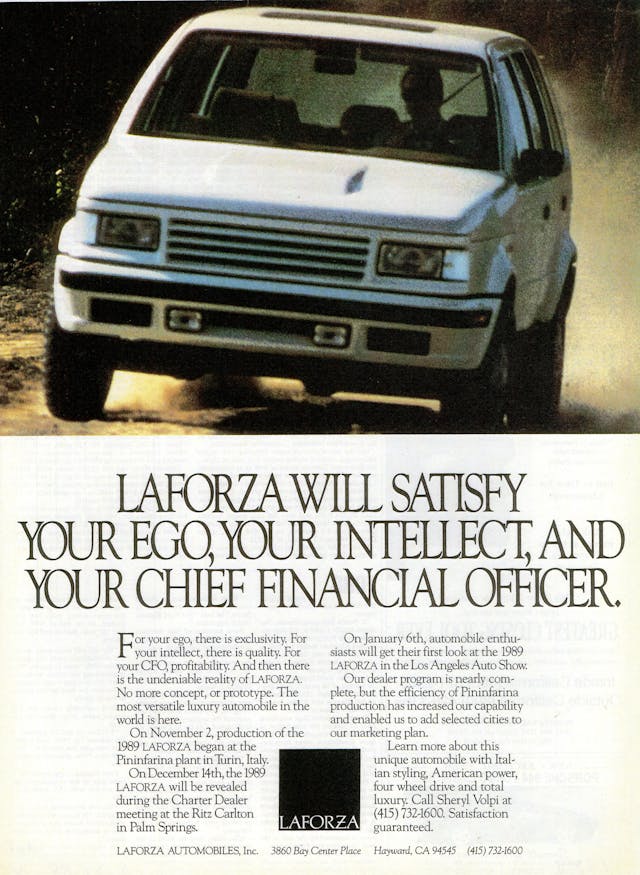
The Laforza was a big, heavy four-wheel-drive SUV that was supposed to take on Range Rover, but it lacked the moxie. It was powered by a fuel-injected 5.0-liter V-8 from Ford with an automatic transmission and a Chrysler transfer case. My overriding recollection of my Laforza drive was some of the worst brakes I’ve experienced in any vehicle, but it could have just been my tester (though it had rear drum brakes and no ABS).
The car began life in Italy as the Rayton-Fissore Magnum, first shown in 1984. The Laforza was built in Italy, with some U.S.-specific parts added by an aftermarket company in Michigan. Rather ungainly-looking outside, the interior was quite nice and had premium appointments. As with so many foreign startups, distribution was a fatal issue for the pricey Laforza. Only 1200 came to the U.S., so they are rare, but one shows up periodically online.
1989 Chrysler Maserati TC — $8500
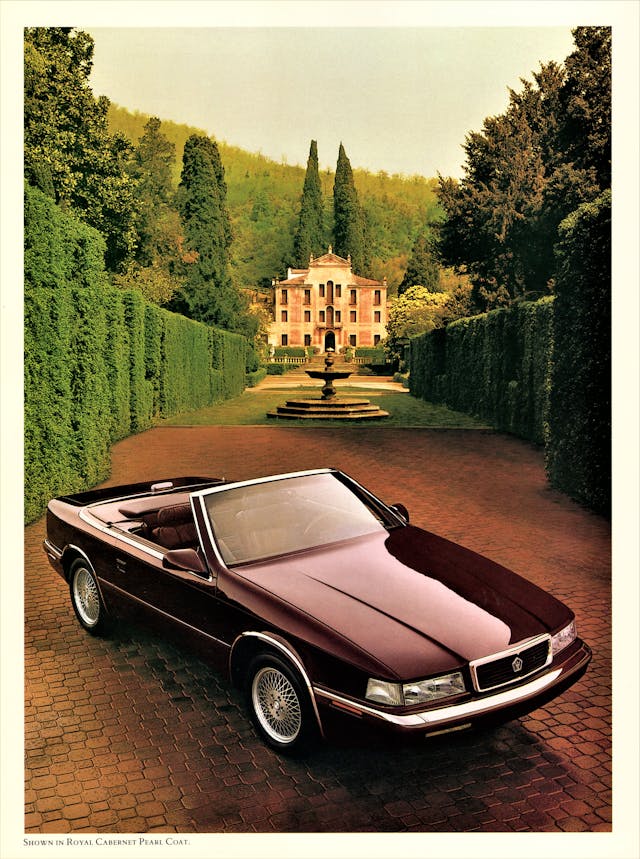
Former Ford executive Lee Iacocca was nothing if not ambitious by the time he took over Chrysler, and one of the things he coveted was a luxury gentlemen’s sports car. And he wanted it fast. The reason the car looks so much like a shortened Chrysler LeBaron coupe is that Iacocca loved the LeBaron; harried designers took the path of least resistance and basically copied the LeBaron, down to some parts and pieces. At least, that’s the story I was told then by a Chrysler executive.
Finally introduced at the 1986 Los Angeles auto show, the Chrysler Maserati TC didn’t show up until late 1988 as an uneasy collaboration between Chrysler and Maserati. The production delays were a standing joke among automotive journalists of the day. The powertrain was a turbocharged 2.2-liter four-cylinder, eventually replaced by a Mitsubishi 3.0-liter V-6. About 500 were made with a manual transmission and a 16-valve Cosworth/Maserati head: These are rare but a lot of fun to drive. Even today, the TC is not an unattractive car, and could be a nice oddball for Sunday drives.
1987 Cadillac Allanté — $8186

Undoubtedly the most outrageous grandstand play of the 1980s was the Cadillac Allanté. No expense was spared, especially with the bodies, which were made by Pininfarina in Italy and flown to Michigan 56 units at a time on specially equipped Boeing 747s. The car was remarkably expensive at about $57,000, or $150,000 in today’s money, though it is now the cheapest car in this list. The only option was a console-mounted cellular telephone.
The Allanté was exclusive, but not necessarily by GM’s choice, with only about 21,500 produced in seven model years. The two-seater shared some parts and a basic platform with the Cadillac Eldorado, and the powertrain was a slightly modified 4.1-liter Cadillac V-8 with an automatic transmission. In 1993, the Allanté got the more powerful 4.6-liter Northstar V-8 (below), but by then, its fate was sealed.
The Allanté was not really a failure: It drove, then and now, like the elegant roadster it was designed to be. But the massive depreciation tells the story—it was too expensive, too complex, too ambitious.
1989 Lotus Elan M100 — $13,100
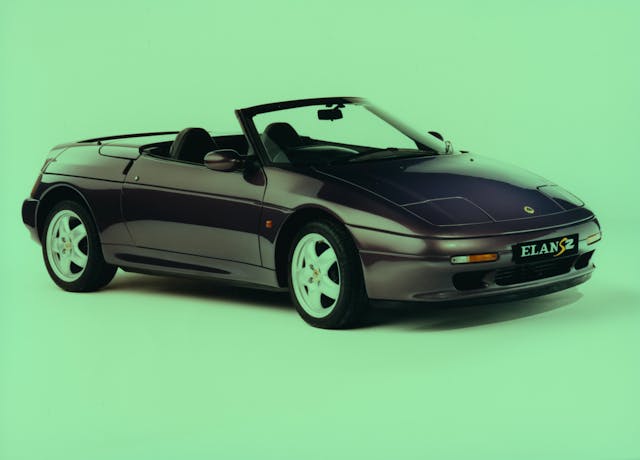
There was an interesting partnership between Isuzu and Lotus in the 1980s: Lotus engineered the suspension, quite effectively, for the little Isuzu I-Mark and the sporty two-door Impulse. Isuzu customers were impressed by Lotus, but Lotus customers not as much by Isuzu. Nearly 15 years after the last Elan—some would say the last real Elan—was sold, this Elan was front-wheel-drive and powered by a turbocharged 1.6-liter four-cylinder built by Isuzu but lightly modified by Lotus. The manual transmission was also by Isuzu.
Not surprisingly, Lotus loyalists were not amused, though the engine and transmission worked well. Many reacted as if International Harvester built the powertrain. The Elan’s styling wasn’t bad, but it arguably looked too much like the unloved Mercury Capri. To make matters worse, the Elan was introduced at about the same time as the Mazda Miata, and the market could absorb just so many small sports cars. This Elan had a lot going for it, but only 560 made it to the U.S.
1985 Merkur XR4ti — $9400

Ford had a roster of semi-sporty cars in Europe, and executives saw no reason why they wouldn’t work here. So they sent over the Merkur XR4ti which was supposed to take on the BMW 3 Series, and the Scorpio, targeted at the 5 Series. Both missed the target.
Ford’s Bob Lutz, fresh from a stint in Europe, was a fan of the European Ford Sierra, and reasoned that a version would do well in the U.S. It had a turbocharged, injected (hence the “ti”) 2.3-liter four-cylinder, essentially the same engine used in the Ford Mustang Turbo GT and Thunderbird Turbo Coupe. The hot ticket with the XR4ti was the five-speed manual-transmission cars because they had 175 horsepower, compared to a soggy 145 for automatics. Some of those three-speed automatics actually ended up in rental fleets.
The cars were continually upgraded but by 1989, Lutz’s European experiment was over, one reason being that few buyers looked to Mercury dealers for a BMW alternative. (The larger, four-door Scorpio lasted only two model years, 1988–89.) The XR4ti was a fun car while it lasted.
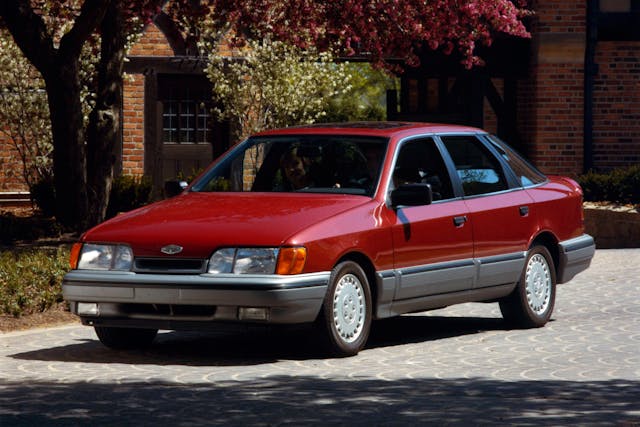
1983 Bertone X1/9 — $17,900
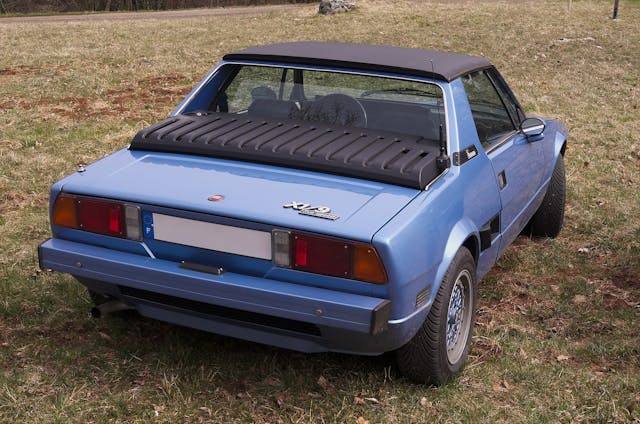
Malcolm Bricklin, the Orlando hardware store chain owner, wanted to be an automotive magnate, and he started by engineering the first importation of Subaru. From then he went on to build his own sports car, the interesting Bricklin SV-1, and to import the Yugo, a small car from Yugoslavia. It cost $3995 and was not quite worth the money. Then he set his sights on the Fiat X1/9, a midengined sports car that was a modest success in the states until Fiat quit importing it in 1982.
Bricklin arranged for the car to continue sales in the U.S. under the aegis of International Automobile Importers, dropping the name Fiat and calling it a Bertone; after all, Bertone now built it. IAI imported the X1/9 until 1987, and then for two more years, an X1/9 dealer in California imported some himself. The mid-engine sports car was arguably ahead of its time, and its long 15-year history in the U.S. meant aftermarket parts were available. The 1983 model had a 1.5-liter, fuel-injected four-cylinder and a five-speed transmission; it wasn’t fast, but handling was so good you’d think otherwise. More than 100,000 were imported to the U.S., but the little car is all but forgotten today.
***
Check out the Hagerty Media homepage so you don’t miss a single story, or better yet, bookmark it. To get our best stories delivered right to your inbox, subscribe to our newsletters.
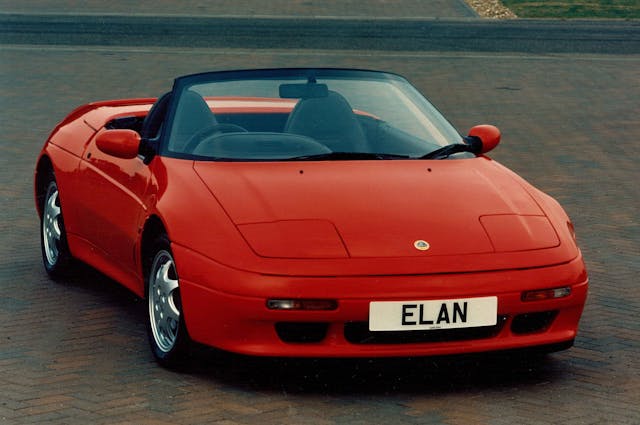
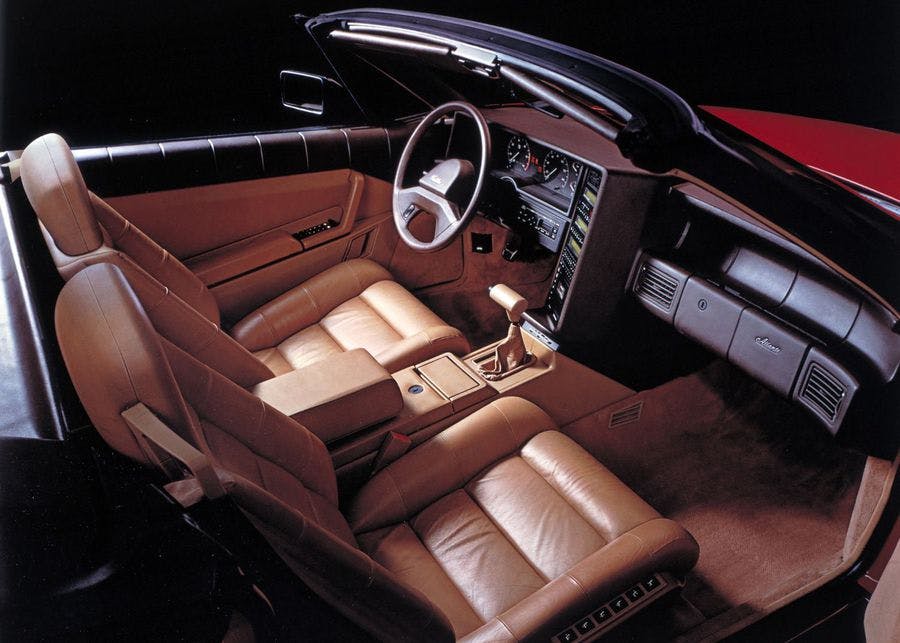
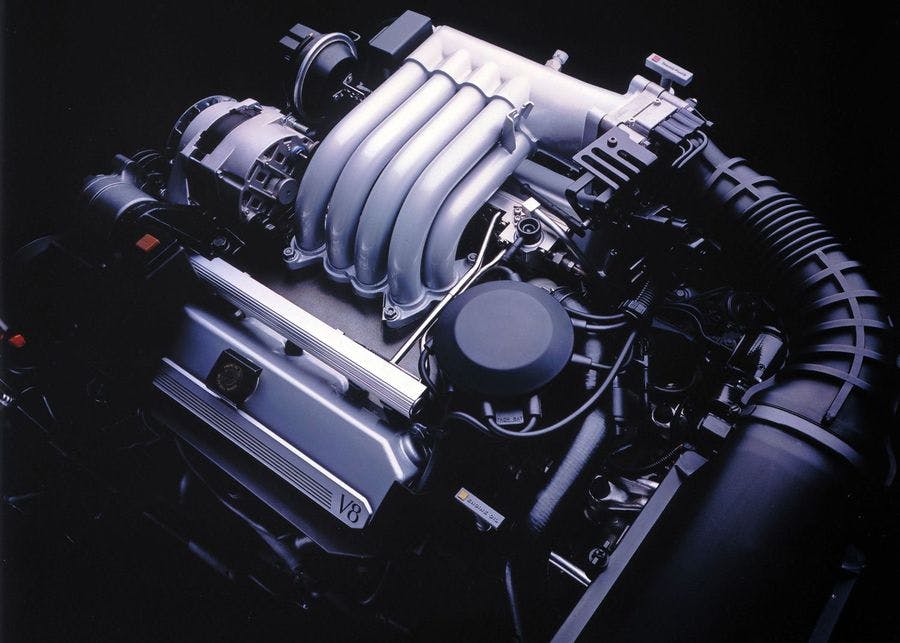
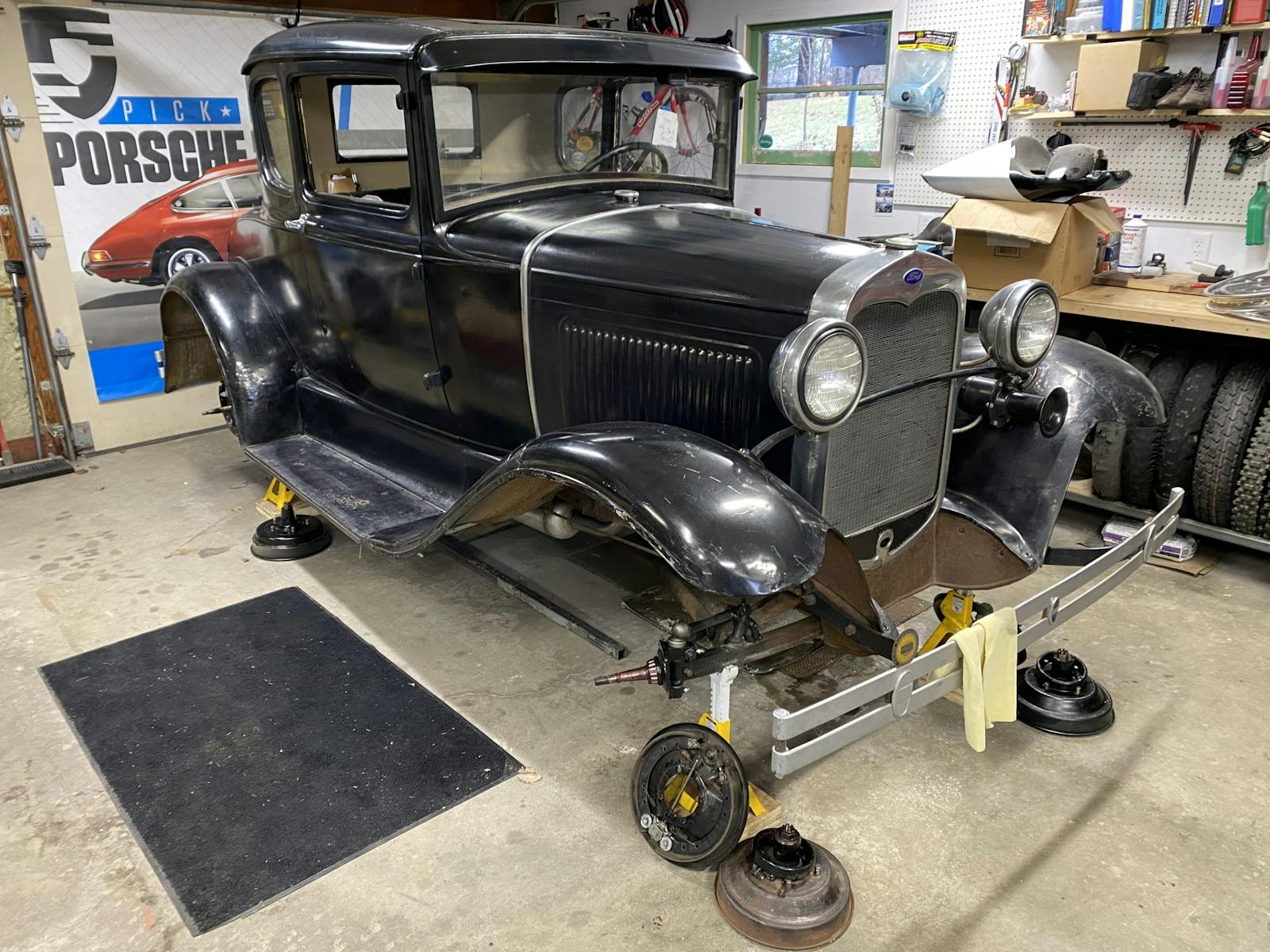
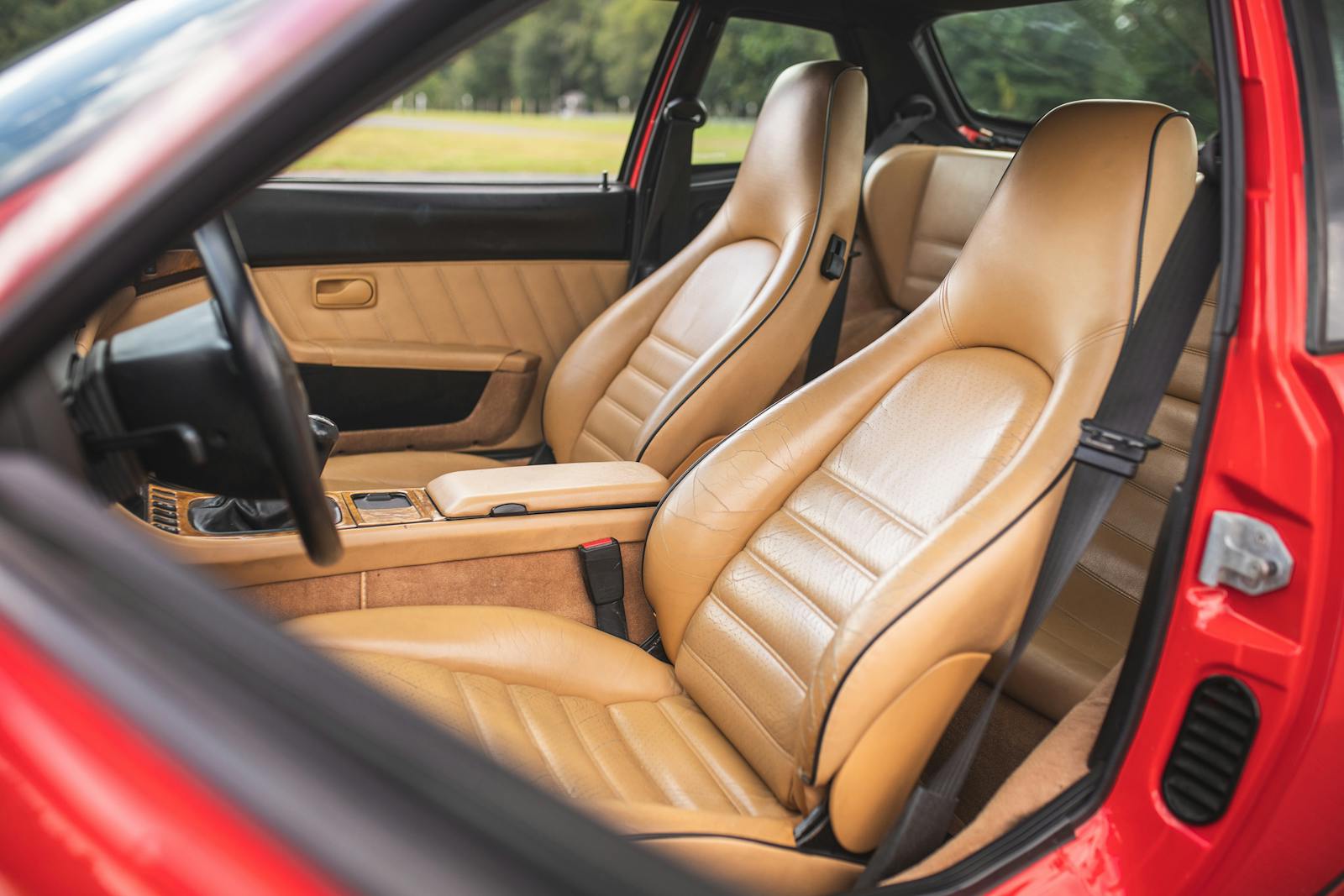
Cue the boomers…”nothing good was ever produced after 1973″
Amen, brother.
That would be 1971 sir.
I have to disagree, all of these cars were bad in their own unique and expensive way
elan was 1990 not 89 by the time it got to america and you have the wrong photo for that car. The car you show is an S2 which was one of the 800 body shells left over after General motors (owned it) abandoned the lotus marquis and Bugatti bought it. They briefly held it and used the last 800 or so body shells in Europe ONLY, referring to it as an S2 which you can tell not only by the front license plate but by the wheels and body color. You guys don’t seem to know what you’re talking about , you should talk to a lotus person first
i’d go with an ’88 Fiero GT 5-speed. They finally got it right, then killed it.
I wish. I couldn’t wait for the 5-speed GT so bought a new 1985 GT 4-speed and tracked it to the surprise of most (including a Formula Atlantic driver, Chief Instructor for the BMW School Day weekend). I passed a Ferrari 308 on the outside of a long sweeper as he didn’t know how to drive.
@TG your reference to the “ costalotium plated unobtainium parts” actually made laugh out loud for real!
Rare metals indeed! Finding this out for most pre-2010 MOPAR products. Thanks for nothing Fiat.
The Cologne V6 came in the original European Granada and the Ford (not Mercury) Capri both made in Germany and also the Ford Sierra (we got laggy 2.3turbo). Later Capris sold here ( Mustang based and the Australian Mazda) were badged Mercury.
I nearly bought a 1.3 litre 4-sp Fiat X1/9 back in the day. To say handling was “fast” is an understatement. If you thought about a turn you were already behind the car heading for trouble – real fast. During the test drive I looked over my shoulder to check for traffic for a lane change and when I looked back to the front I was already in the new lane. These little pocket rockets, at least with the 1.3 litre engine, passed emissions without a catalytic converter so use leaded regular grade gas.
Those cars aren’t for me. Looking for a 60-80’s car. Can’t believe what people want for one of those cars. Not looking for a junker or trailer queen.
Parts for the X1/9 are readily available from several vendors. I had one. Amazing ride for the money. Despite its small size it was built to meet more stringent crash standards that never materialized.
My brother had an X19. Great fun when it ran. Which was almost never,
The TC still looks great.
Better that most of that list of cars remain lost. Some were so lost I have never heard of them. And I have been doing this for at least 2 weeks. (and 40 plus years).
I like to see all kinds of cars at shows, even cars I would never own. This batch falls into the “I would never own”. Many are not handsome to put it nicely. The only one I’d buy would be the Bitter, but since they had a reputation for being less than durable and reliable that prevents me from buying one.
I recall sitting in a new Allante at an auto show and the interior seemed “cheap”. Simple and elegant are fine, but this was not the case and the FWD was a turn off. I was loaned a Fiat X./19 that was fun to drive once you got it up to speed – which took forever. Slowest car I have ever driven. Hopefully a few of these cars find homes so future generation can see them, but I can understand the lack of enthusiasm for them.
The 1985 Merkur XR4ti is my favorite of this bunch. Too bad we never got the full Sierra Cosworth strength package.
I liked those European Fords as a high-schooler in the mid-1980’s. bi-wing spoiler and all. But they sure do look weird to modern eyes with those front lights. It would be fun to put the modern Ford Ecoboost 2.3L I4 with 300HP+ in the XR4Ti.
I would definitely have an X19. A friend of mine had ine in high school. That cad was sluck.